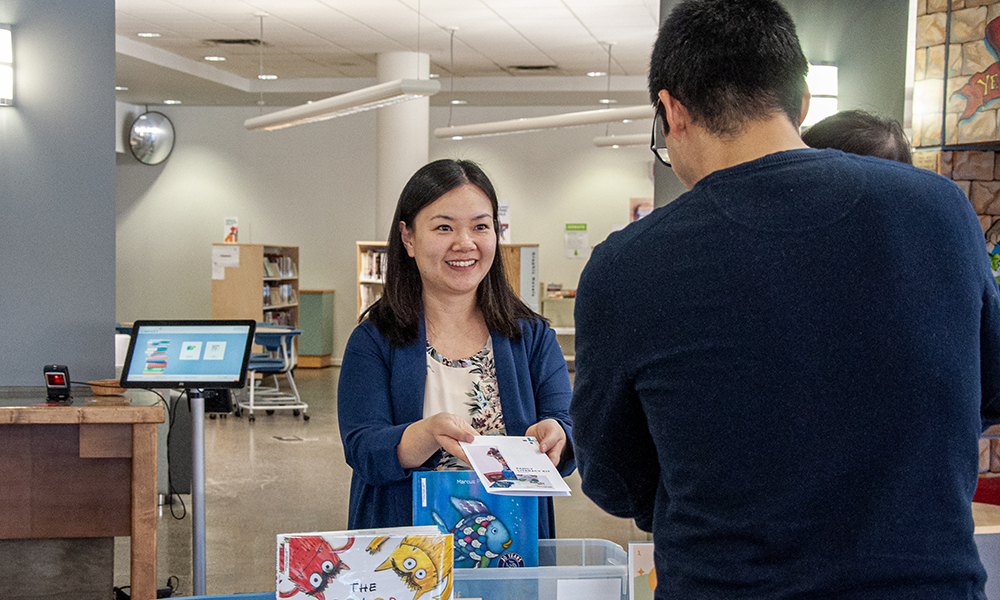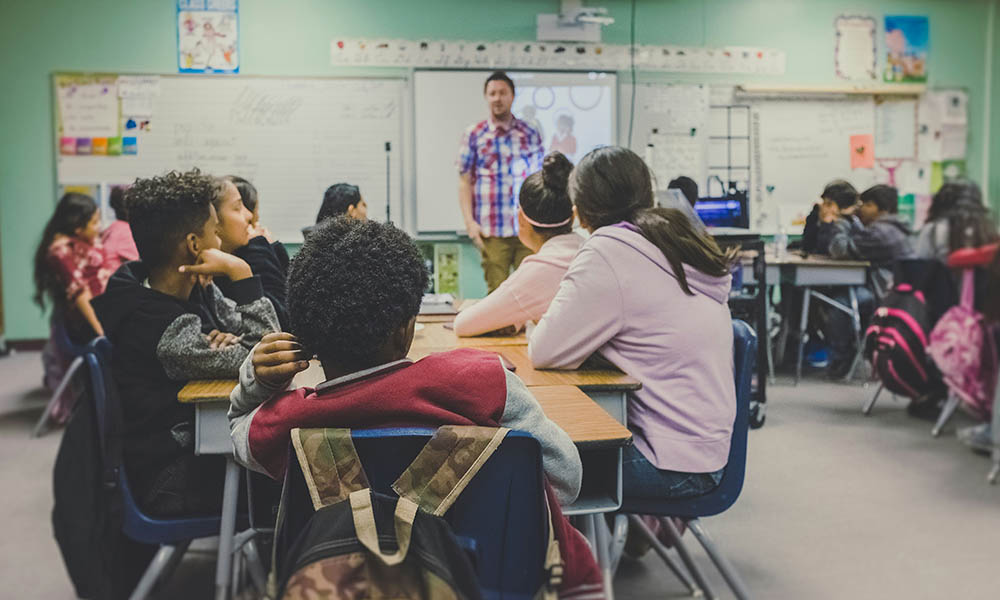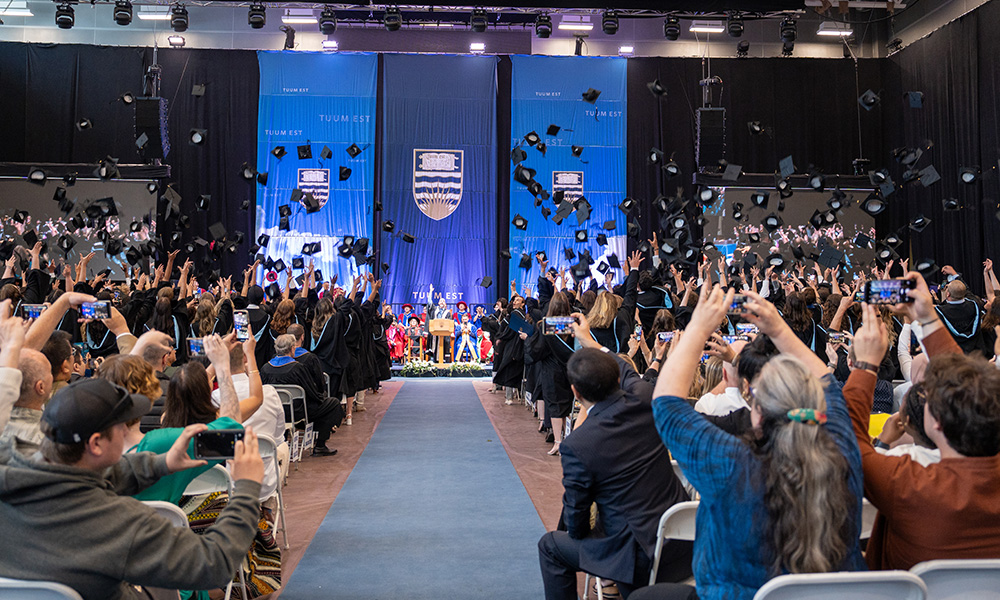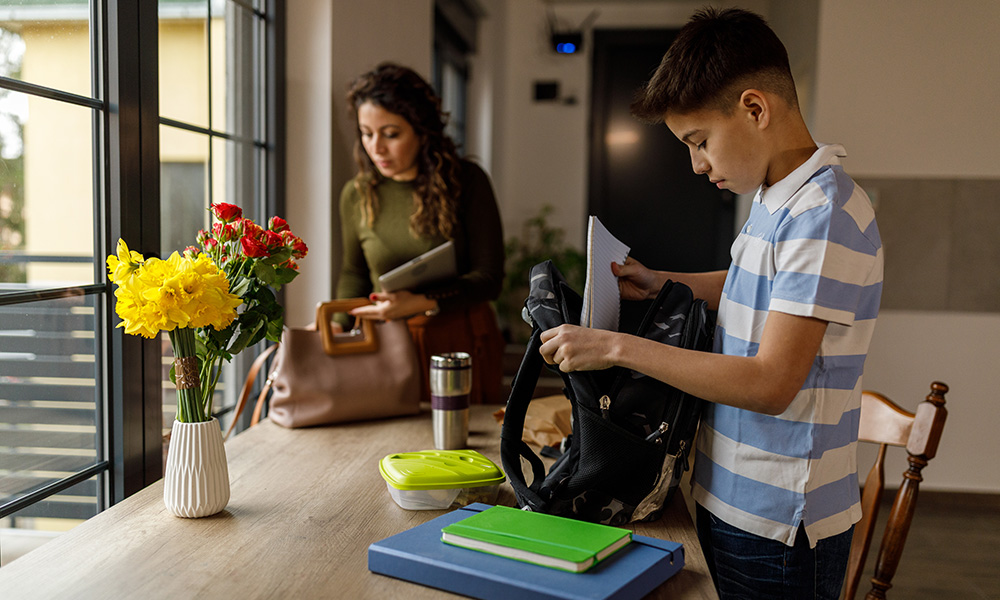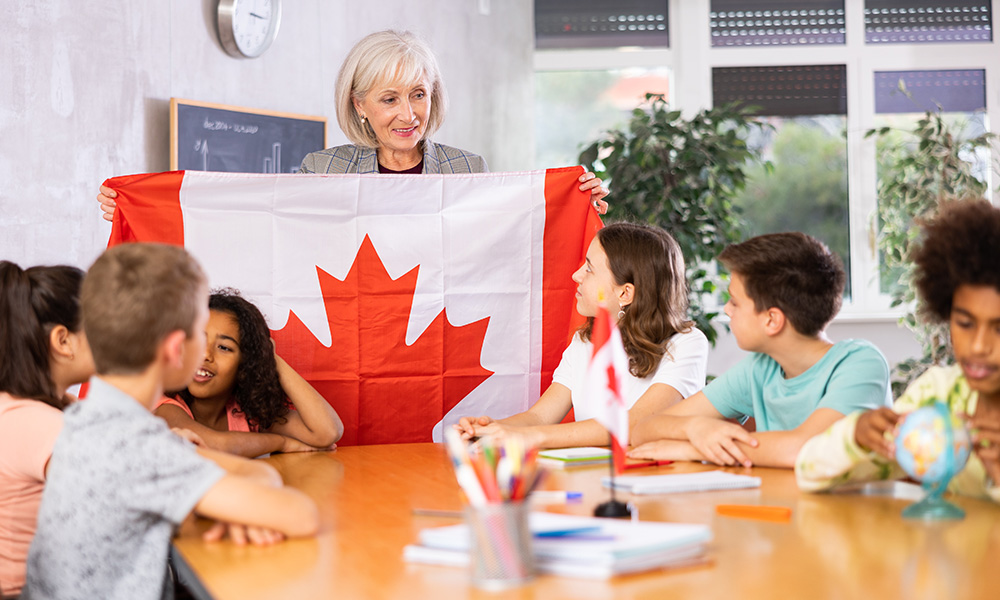
It’s been 20 years of caps tossed and applause as UBCO celebrates the class of 2025.
This week more than 2,600 students will graduate from UBC Okanagan—the largest graduating class the Okanagan campus has celebrated since opening its doors in 2005.
“Graduation is always exciting, but here at UBC Okanagan, where we’re a close-knit community, it’s truly special,” says Dr. Lesley Cormack, Principal and Deputy Vice-Chancellor. “Our exceptional programs, research opportunities for students, and commitment to student success help foster an inclusive and empowering environment. The heartfelt cheers at graduation come from the fact that everyone genuinely knows and cares for each other.”
It’s been two decades of milestones and growth for UBCO. When the campus opened its doors in 2005, there were 3,500 students. Today, there are nearly 12,000 undergraduate and graduate students enrolled in 137 programs. The campus itself has also grown significantly over the past 20 years, with the addition of new lecture theatres, student residences and cutting-edge research facilities.
UBC’s graduation traditions began in Vancouver in 1916. While many continue at UBC Okanagan, the campus has added its own flair, including a bagpiper-led procession and cap tossing—which ended up being revived in Vancouver after President Benoit-Antoine Bacon experienced it while presiding over UBCO’s 2024 ceremonies.
“A UBC grad ceremony is special regardless of which campus it takes place on,” says Dr. Cormack. “However, it is especially rewarding to celebrate with traditions that are unique to UBC Okanagan and our history as a campus.”
Graduation 2025 begins Thursday morning with students in the Irving K. Barber Faculty of Science, the Irving K. Barber Faculty of Arts and Social Sciences and the Faculty of Creative and Critical Studies donning gowns and mortarboards to mark a major milestone in their lives. Ceremonies continue Friday with students graduating in the Faculty of Health and Social Development, the Faculty of Education, the Faculty of Management, and the School of Engineering.
A significant milestone this year is the first cohort of five students who will receive their Bachelor of Nłeʔkepmx Language Fluency degrees. In direct alignment with UBC’s commitment to reconciliation, the BNLEK to creates new speakers in communities whose languages are critically threatened.
This year will also mark the third cohort of Bachelor of Nsyilxcn Language Fluency graduates. Dr. Cormack says the university is honoured to play a role in language preservation and there are plans for more language programs to be introduced in the future.
“Language and culture are deeply intertwined,” she says. “Preserving and revitalizing the precious Indigenous languages of British Columbia is essential to reconciliation and reversing the harms of past attempts to erase Indigenous cultures. I’m incredibly proud of our inaugural BNLEK graduates for their perseverance and deeply grateful to the dedicated faculty, staff and community partners who bring this program to life.”
A look back at UBC Okanagan’s milestones during the past 20 years can be found here: ok.ubc.ca/20-year-anniversary
The post UBCO’s largest graduating class marks 20 years of growth appeared first on UBC's Okanagan News.


